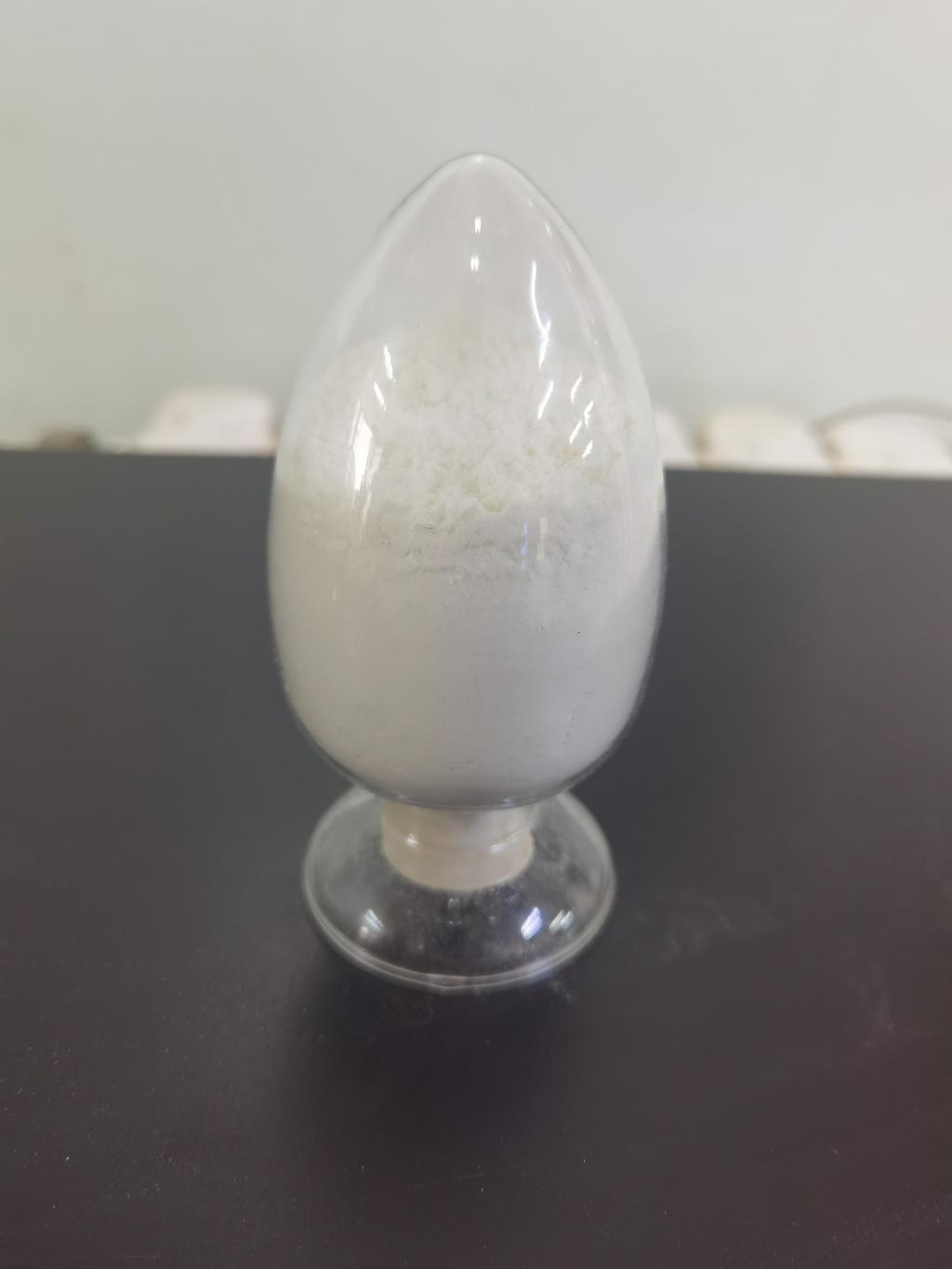Tel:+8618231198596

News
 CONTACT
CONTACT
 CONTACT
CONTACT
- Linkman:Linda Yao
- Tel: +8618231198596
- Email:linda.yao@dcpharma.cn
- Linkman:CHARLES.WANG
- Department:Overseas
- Tel: 0086 0311-85537378 0086 0311-85539701
News
Current Position:
Home >
News
>Are there any regulations or restrictions on the use of ε-Polylysine hydrochloride?
Are there any regulations or restrictions on the use of ε-Polylysine hydrochloride?
TIME:2023-07-25
Introduction
The use of food additives, including preservatives, is integral to the food industry's ability to meet consumer demands for safe, convenient, and longer-lasting food products. ε-Polylysine hydrochloride has emerged as a promising natural preservative due to its antimicrobial properties and potential benefits in enhancing food safety and extending shelf life. However, each country's regulatory agencies independently evaluate and approve the use of food additives, including ε-Polylysine hydrochloride, to ensure compliance with safety standards and protect public health.
Regulatory Landscape in the United States
2.1. Food and Drug Administration (FDA)
In the United States, the FDA is responsible for regulating food additives. ε-Polylysine hydrochloride has received Generally Recognized as Safe (GRAS) status for use in various food applications, including beverages, when used within specified limits and according to Good Manufacturing Practices (GMP).
2.2. Maximum Permissible Levels
The FDA has established maximum permissible levels for ε-Polylysine hydrochloride in specific food categories. For beverages, the levels are determined to ensure that consumption remains within safe limits.
2.3. Labeling Requirements
Manufacturers must comply with FDA's labeling requirements, clearly indicating the presence and purpose of ε-Polylysine hydrochloride in beverages. Proper labeling ensures consumers are well-informed about the ingredients in the products they purchase.
Regulatory Landscape in the European Union
3.1. European Food Safety Authority (EFSA)
The EFSA evaluates the safety and efficacy of food additives in the European Union (EU). ε-Polylysine hydrochloride is subject to stringent assessments to obtain approval for its use in different food products, including beverages.
3.2. Food Additive Regulations
The EU has established a list of permitted food additives, including ε-Polylysine hydrochloride, and specifies their conditions of use. Manufacturers must comply with these regulations to market products within the EU.
3.3. Acceptable Daily Intake (ADI)
The EFSA sets an Acceptable Daily Intake (ADI) for ε-Polylysine hydrochloride, defining the amount that can be safely consumed daily over a lifetime without adverse effects.
Regulatory Landscape in Japan
4.1. Ministry of Health, Labour and Welfare (MHLW)
In Japan, the MHLW is responsible for regulating food additives, including ε-Polylysine hydrochloride. The MHLW assesses the safety and efficacy of the additive before granting approval for its use in beverages and other food products.
4.2. Specifications and Standards
Japan establishes specifications and standards for food additives, setting maximum limits for ε-Polylysine hydrochloride in beverages to ensure safety and proper use.
Regulatory Landscape in China
5.1. China Food and Drug Administration (CFDA)
The CFDA oversees the approval and regulation of food additives, including ε-Polylysine hydrochloride, in China. The additive must undergo safety assessments before being permitted for use in beverages and other food items.
5.2. Chinese Food Safety Standards
China has specific food safety standards that include permitted levels of food additives, such as ε-Polylysine hydrochloride, in various food products.
Safety Considerations and International Standards
6.1. Joint FAO/WHO Expert Committee on Food Additives (JECFA)
The JECFA, a joint committee of the Food and Agriculture Organization (FAO) and the World Health Organization (WHO), evaluates the safety of food additives, including ε-Polylysine hydrochloride. Its evaluations and recommendations influence international food safety standards.
6.2. Codex Alimentarius Commission
The Codex Alimentarius Commission establishes international food standards, guidelines, and codes of practice, including those related to food additives. It provides a framework for harmonizing food safety regulations worldwide.
Challenges and Future Perspectives
7.1. Harmonization of Regulations
Harmonizing regulations and maximum permissible levels across different countries can facilitate trade and enhance global food safety standards.
7.2. Research and Safety Assessments
Further research and safety assessments on ε-Polylysine hydrochloride can strengthen its position as a safe and effective food preservative, leading to more widespread acceptance.
7.3. Consumer Perception
Consumer awareness and acceptance of ε-Polylysine hydrochloride as a preservative in beverages may influence its adoption by the food industry.
Conclusion
ε-Polylysine hydrochloride holds promise as a natural preservative in beverages due to its antimicrobial properties and potential benefits in extending shelf life and enhancing food safety. However, its use is subject to strict regulations and safety assessments in different countries to ensure consumer health and well-being. Food manufacturers must comply with the specific requirements set forth by each country's regulatory agencies to gain approval for the use of ε-Polylysine hydrochloride in beverages. As global food safety standards evolve, continued research and international cooperation will play a vital role in establishing ε-Polylysine hydrochloride as a safe and effective food preservative worldwide.
- Tel:+8618231198596
- Whatsapp:18231198596
- Chat With Skype







